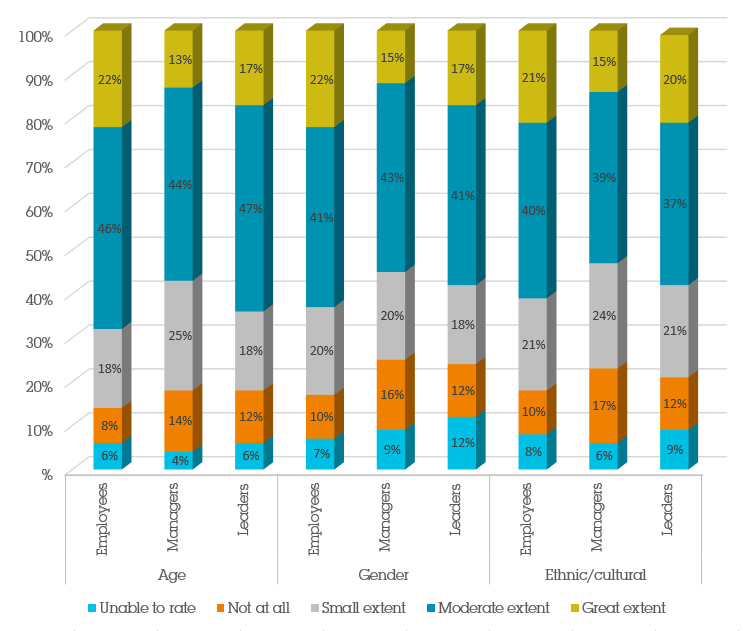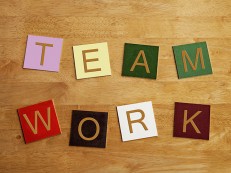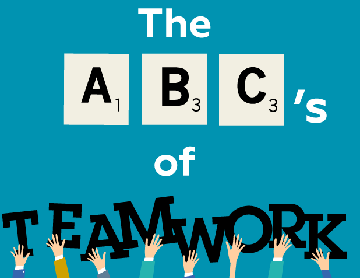Diversity – Leveraging the Gold That Lies Within

A lot of airtime has been devoted to the topic of diversity lately – particularly cultural or ethnic diversity.
On the world stage, during the recent US Presidential election the front-runners exchanged vitriolic and hurtful diatribes about building walls (physical and emotional) to protect ‘our values’ from those who would threaten ‘our way of life’.
In Australia (and to some extent in New Zealand), diversity in workplaces, communities, family structures and personal relationships has been at the forefront of societal debate of late through, for example:
- The emotionally-charged discussion around legalising same-sex marriage in Australia
- The prospect of a referendum to formally recognise Indigenous Australians in the Constitution
- The introduction of Australia’s National Disability Insurance Scheme (NDIS) and the subsequent snail’s pace in enabling eligible claimants access to service under the scheme
- Discussions around balancing gender ratios in high-profile organisations and the perceived potential negative impact (e.g. Victoria’s Metropolitan Fire Brigade)
It seems every time you turn on the TV or radio someone is questioning the merits and value of diversity and amplifying the negative impact they believe it is having on our way of life – like it’s a Yes/No decision as to whether diversity ‘should be permitted’ – or worse still ‘tolerated’.
Are we too diverse or not diverse enough? Are we too accepting of different world-views or becoming increasingly intolerant or even xenophobic? Are we suffering because we’re too pluralistic or failing to truly capitalise on the many benefits of the diversity that surrounds us?
Diversity is used as shorthand or code for multiculturalism or ethnic diversity – when clearly it is so much more than the shade of one’s skin or shape of one’s eyes. By limiting the discussion in this way, organisations are seriously missing golden opportunities to tap into and leverage the richness, the colour and movement of their workforce.
Latest Leadership Employment and Direction (L.E.A.D.) Survey results highlight that diversity is very much part of our organisational cultures and, by definition, is a part of our lives that will increasingly need to feature in the thoughts and plans of modern leaders and managers.
However, there is plenty of scope to harness, leverage and benefit from diversity to an even greater extent than is currently evident – it just takes courage and commitment from all of us.
Capitalising on workforce diversity
Looking at the extent to which organisations are currently capitalising on the diversity in their workforce, we note that all segments (employees, managers, leaders) believe their organisations are capitalising on the diversity of skills and experience of their workforce to a far greater degree than other diversity categories (age, gender, ethnic/cultural):
Q. To what extent do you believe your organisation is capitalising on the following aspects of diversity in your workforce?
Overall, 80% of employees, 76% of managers and 83% of leaders believe their organisations capitalise on diversity in skills and experience to a great or moderate extent. Contrast this with just 61% of employees, 53% of managers and 57% of leaders who believe their organisations capitalise on cultural or ethnic diversity
in their workforce’s. Only marginally better ratings are reported for organisations capitalising on age and gender diversity in the workforce:
| Age | Gender | Ethnic / Cultural | Skills / Experience | |||||||||
| EMP % |
MGR % | LDR % | EMP % | MGR % | LDR % | EMP % | MGR % | LDR % | EMP % | MGR % | LDR % | |
|
Great Extent / Moderate Extent |
68 | 57 | 64 | 63 | 58 | 58 | 61 | 53 | 57 | 80 | 76 | 83 |
| Small Extent / Not at all | 26 | 39 | 30 | 30 | 36 | 30 | 31 | 41 | 33 | 18 | 23 | 13 |
EMP – Non-managerial/supervisory, MGR – Middle managers/supervisors, LDR – Executives/senior managers)
So what does this mean for today’s leaders and managers?
Clearly, there is a great deal of room for improvement for organisations to make better use of the rich tapestry that exists on these and other dimensions of diversity – such as religious, sexual, ability/disability, work history, working conditions and so on.
So, here are some important questions to ask yourself:
- What am I doing to identify, understand, harness and leverage the diversity of my workforce?
- When was the last time I focused some energy on better understanding what lies within each of my team members?
- And perhaps most importantly, how can I embrace, celebrate and amplify the positive impacts and benefits that a diverse workforce brings to my organisation?
We’re sure you’d agree – this is a far more productive use of the airwaves than to simply shut down the diversity conversation because it’s all too hard or threatens our ‘local village’.
Bottom line – this is the new way of life for the village – you’d better get used to it!




